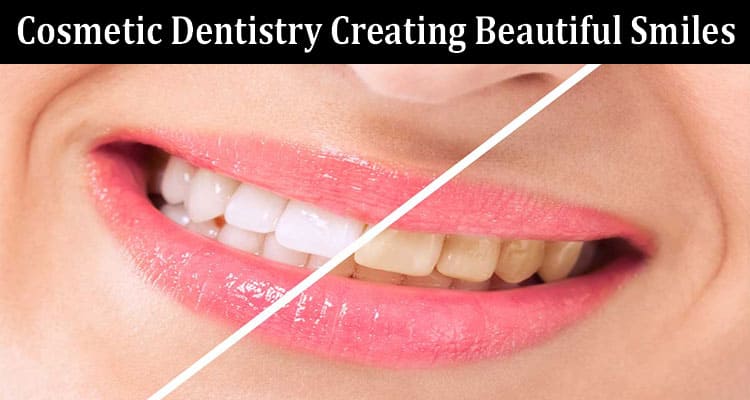An attractive smile can both boost self-esteem and promote overall oral health, so patients looking for cosmetic enhancement should consult with a dentist with expertise in this field.
Dental procedures chosen as elective are usually chosen due to aesthetic value rather than necessity or cost considerations; this is particularly evident with treatments like porcelain veneers.
Tooth Color
Color of teeth is an integral component of creating a stunning smile, as whitening and brightening them has an immediate impact on overall appearance. Adopting healthy oral hygiene practices and visiting your dentist for regular cleanings and checkups will keep them shining brightly without discoloration or disfigurement.
Cosmetic dentistry may provide solutions if your teeth have become severely discolored or dull, offering hope of restoration. Cosmetic dentists frequently utilize porcelain veneers – thin shells made of tooth-colored material used by cosmetic dentists – which cover deep discolorations while simultaneously improving chipped, cracked and broken tooth appearance.
At your consultation, your Aurora cosmetic dentist will review previous treatments, discuss what you hope to gain from it, and assess your facial features and proportions to create a grin that complements them.
Tooth Shape
Teeth play an essential part in creating the ideal smile, and cosmetic dentistry has increasingly become both art and science. A balanced smile with facial features produces natural-looking results; therefore an individualized approach must be taken to reach dental golden proportion.
Cosmetic dentistry’s primary goal may be aesthetic improvement; however, it can also provide solutions for issues like bite problems and tooth decay. A dental crown, for instance, can strengthen weak teeth while improving chewing ability and nutrition.
Other cosmetic procedures may include veneers, dental bonding and bridges. These techniques use tooth-colored resin to repair chips, close gaps and change the shape of teeth as well as cover up discolorations and repair cavities. They’re less invasive than dental implants and can often be completed within one visit; thus reducing discomfort and costs significantly as well as providing more esthetic alternatives to silver fillings.
Tooth Length
Cosmetic dentists specialize in correcting issues related to teeth aesthetics that interfere with smile aesthetics, like crookedness or an uneven gumline. Treatment plans they devise utilize the dental golden proportion for maximum natural-looking results.
Crowns, veneers and bonding can correct the color, shape, length or position of teeth as well as close gaps between them. Furthermore, these options can cover old, damaged or discolored fillings to provide a safer alternative than silver amalgam fillings.
Tooth reshaping is a non-painful procedure in which a dentist files or removes small amounts of enamel to alter the shape of one or more teeth, without being uncomfortable for you or lasting very long. It can be performed alone or combined with other cosmetic treatments like teeth whitening, bonding and porcelain veneers for maximum impact – though cosmetic procedures should never be seen as a cure-all for poor oral health and should always be carried out under guidance from your general dentist.
Tooth Position
Cosmetic dentists can alter the position of teeth using various oral treatments, such as veneers, dental bonding and bleaching. Furthermore, crowns are custom-made to cover large fillings or broken or chipped teeth as well as to cover gaps between individual teeth.
Size and shape of teeth must correspond with facial features; for instance, someone with small facial features should have smaller teeth; otherwise their smile could look imbalanced and unattractive.
Smile aesthetic balance can also be determined by how the teeth fit together and the amount of gum tissue visible. Too close together or empty spaces between them (known as cants ) may create visual issues as well as functional difficulties with chewing, biting and speaking.


